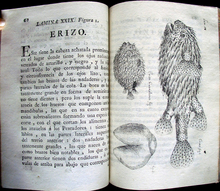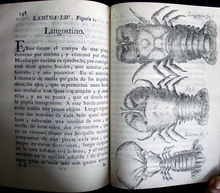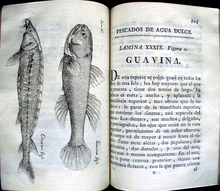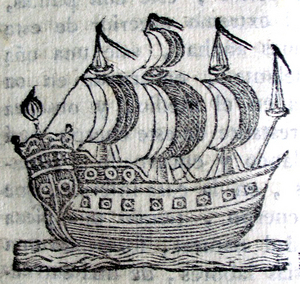Born in Portugal, Antonio Parra y Callado traveled to Cuba around 1771 on a commission from Madrid’s newly established Royal Cabinet of Natural History (later called the National Museum of Natural Sciences). The thirty-two-year-old enthusiast, with no academic training, collected plants and seeds to be sent back to the museum’s Botanical Garden.
Parra quickly became fascinated with the Cuban culture, the topography, and the diverse natural history of the Caribbean. His studies expanded, eventually focusing on marine life, collecting and documenting specimens of salt and fresh water fish, crustaceans, corals, eels, turtles, and other marine plant life over the next thirty years.
Parra married and his son, Manuel Antonio Parra y Muñoz, was born in Havana. A talented artist, Manuel joined his father’s research team while still a teen-ager, sketching, etching, and printing images of the specimens they collected. Together they published an exhaustive study of the fish of Cuba, which is believed to be the first scientific treatise published in Cuba, as well as the first Cuban illustrated book.
The volume describes and illustrates sixty different species of fish and twenty-three crustaceans. Among the most interesting is a folding plate following the title page that presents a group of lobsters on an elaborate silver platter. The book’s plates account for nearly one half of the island’s production of printed images in the eighteenth century. Parra established his own Cabinet of Natural History in Havana; I wonder if anyone reading this has been there?
The final chapter, added without explanation, documents a black slave with an enlarged hernia. Identified by researchers at the John Carter Brown Library as Domingo Fernández, this man was one of the first Caribbean slaves to be depicted in a published source.
Antonio Parra y Callado (1739-18??), Descripcion de diferentes piezas de historia natural las mas del ramo maritimo: representadas en setenta y cinco laminas (Havana: En la imprenta de la Capitanía General, 1787). 75 copper plate etchings, one hand colored. Graphic Arts (GAX) in process. Purchased with the fund given by Kenneth H. Rockey, Class of 1916, in memory of his wife, Isabel A. Rockey.






Hello, I was wondering if I could announce your recent acquisition of Parra's book in my essay for examiner.com. I will send you the link if you would like. I will credit the university for the picture of the title page.
fernandezcm@aol.com.
Cecilia